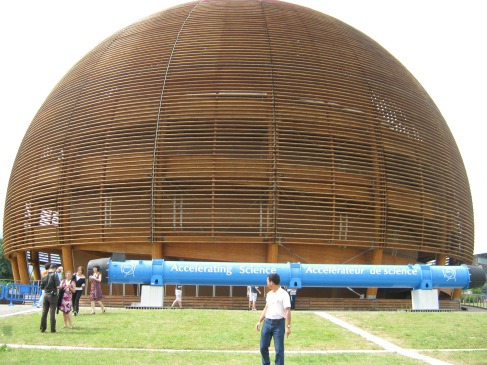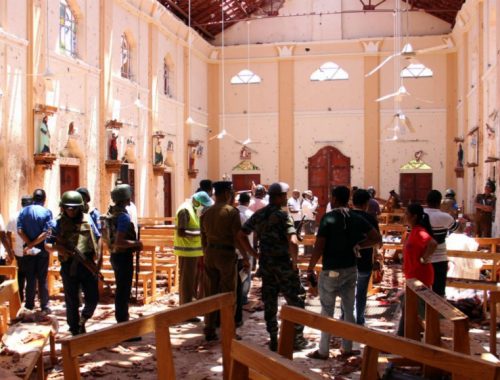Sewa Bhattarai
Nepalis are used to chillies. Our fiery akbare are legendary for setting mouths on fire. But even macho locals with a high tolerance for the hot stuff will raise the white flag and surrender to the Naga Viper.
With a high 9 on the Scoville Scale the bright red peppers are supposed to be 500 times more potent than jalapeño, and were even listed in the Guinness Book in 2011 as the world’s hottest chillie. Vipers are vital ingredients at the Dzoukou Tribal Kitchen’s brand new franchise in Thamel.
Owner Karen Yaptomi (pictured below) is from Nagaland and now has a string of restaurants in Delhi and Kathmandu. In jest, our one piece of unsolicited advice to her was to install fire extinguishers at her restaurant because the Vipers are so fiery.
It was a disaster that Yaptomi landed up in Nepal, but not in the way you might think. She had come to Kathmandu in 2015 with friends from northeast India to raise funds for earthquake victims through a series of concerts with her friend, Nepali singer Abhaya Subba.

“I was in Delhi, Nepal was so near and I had never been here. So I decided to make a trip up,” recalls Yaptomi, who explored the local market in Asan and was struck by the familiarity of it all. Bamboo shoots, dry fish, timur (Sichuan pepper) and niguro (fern) reminded her of Nagaland.
While the similarities excited her, she was even more intrigued by what could not be found in the local restaurant scene: no restaurants serving ethnic cuisine from India’s northeast. Through her music network, Yaptomi was offered a terrace space in Thamel, and that is how Dzoukou Tribal Kitchen came into being.
“I did not come here with the intention of opening a restaurant, but one thing led to another and I thought I would take that chance,” she says.
Even though she lived most of her life in Delhi, Yaptomi made frequent visits to Nagaland where her mother taught her the traditional food of her people. Nagas eat pork, rice and vegetables with pickles twice a day, and that staple is what she serves at the restaurant, along with other items from Manipur and Mizoram.

The food has a distinct, pungent and exotic flavor which are a result of the cooking style and spicy ingredients. We are invited to the kitchen, where we watch as Yaptomi transforms a piece of pork with timur, a basil variant called napa, fern and fermented soya to make a succulent accompaniment to rice. There is hardly any fat or oil, so it is a healthy and heady mix – with the taste and flavour coming through loud and clear.
Yaptomi has difficulty finding the right kinds of dry fish, so she sources many of the ingredients from Nagaland. Even the décor is from her home state with bamboo ceiling, walls, wooden tables and straw mats. Kettles and other utensils are also from Nagaland.
With no formal education in hotel management, Dzoukou Tribal Kitchen is purely a labour of love. And it was by sheer chance that she even got into the restaurant business. Once, she invited 30 friends home and spent the whole day cooking. The guests all raved about the food, and suggested she open a restaurant. Which she did. The rest is her story.




